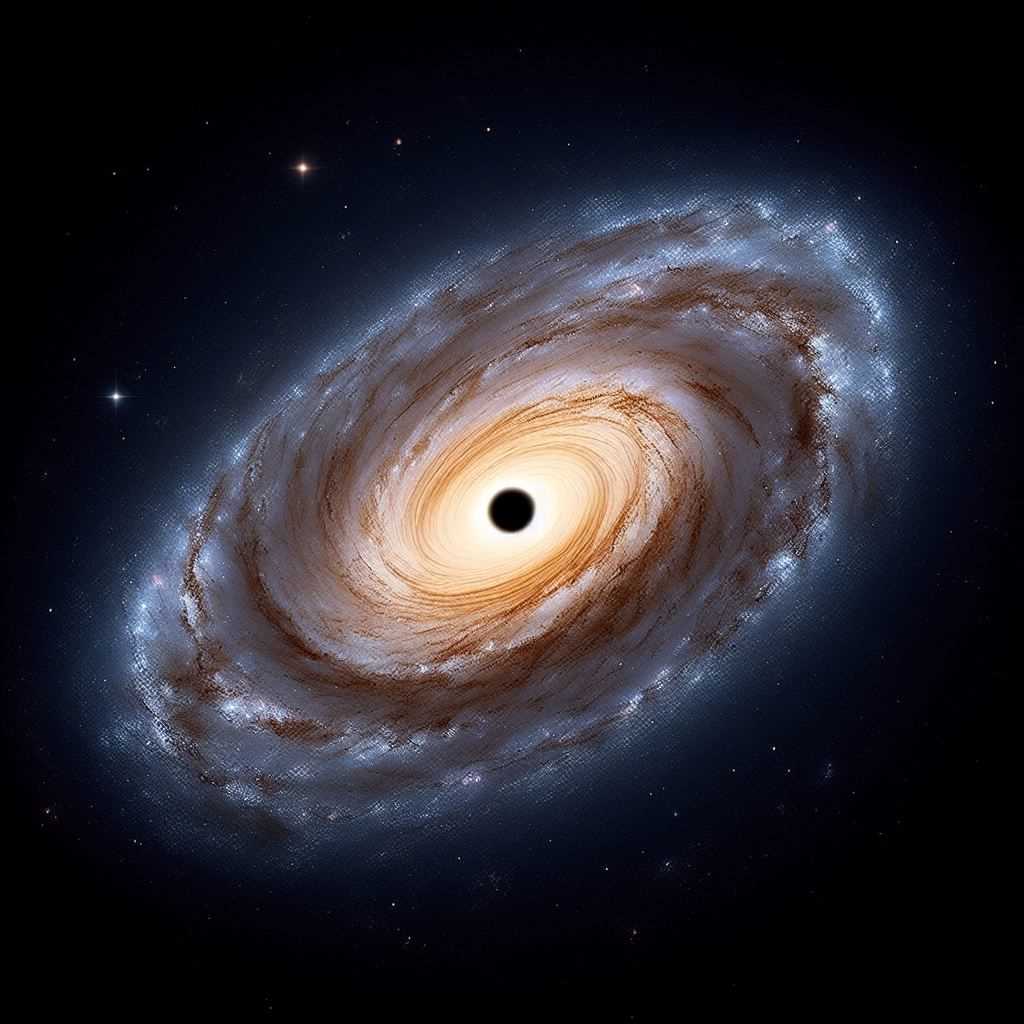Scientists Find Undersized Black Hole in Ancient Galaxy
Scientists spot a puzzling black hole in a young, distant galaxy. It's surprisingly small compared to its host galaxy, defying expectations of how galaxies and their central black holes grow.

The universe is a realm of the extraordinary, a cosmic stage where the rules aren't always as they seem. In the earliest eons after the Big Bang, a time when the cosmos was a seething stew of energy and nascent galaxies, the most enigmatic characters were already emerging – supermassive black holes. These behemoths, some with masses billions of times that of our Sun, have long puzzled astronomers. How did they bulk up so quickly, seemingly in defiance of the limited time they had to gorge themselves?
A recent discovery, led by an international team featuring Joel Sánchez Bermúdez from the Institute of Astronomy in Mexico, has shed some light on this celestial gluttony. They've revealed an ancient black hole with a mass 300 million times that of our Sun, lurking in a galaxy a mere 2.7 billion years after the universe's birth. While undoubtedly massive, what's so peculiar about this black hole is its size relative to its host galaxy.




